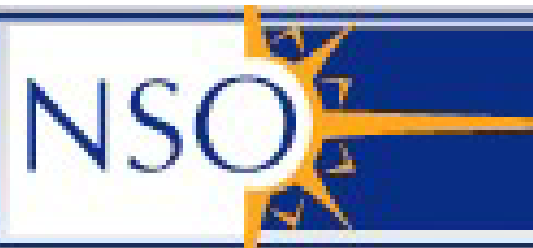Poster Abstracts
Name/Affiliation: Scott Fleming (STScI)
Title:
Near-Infrared Radial Velocities of Hundreds of Kepler Eclipsing Binaries With APOGEE
Abstract:
Combining precise photometric and spectroscopic data of detached eclipsing binaries (EBs) can be used to derive masses and radii of the stellar components to a few percent. At this level, the derived masses and radii can be used to constrain new models of stellar structure. One active area of research involves observed radii of stars that are larger than model predictions. This effect is largely seen for stars with masses < 0.8 M_solar. However, the sample of EBs with high-precision measurements is largely underpopulated at low masses and long periods. Here we present early results of our program to observe ~100 Kepler EBs in two fields with APOGEE as part of SDSS-III. This high resolution (22500), near-infrared (H-band), multi-object (230 science targets), RV-stable (100-200 m/s) spectrograph is ideal for studying Kepler EBs, particularly those with low flux contrast. We derive masses and radii at the few percent level for F/G + K/M EBs that are part of our sample. Such systems are particularly well-suited for studying the mass-radius relationship. Our sample also includes pairs of stars with mass ratios close to unity (to within 1-2%). Such mass "twins" also provide a useful testbed for stellar internal structure, since any observed differences in radii or effective temperature in stars with essentially the same mass attest to the component interactions that change stellar evolution mechanisms. Finally, we highlight plans to observe another several hundred EBs with APOGEE in SDSS-IV from both Kepler and the ground-based KELT transit survey.




